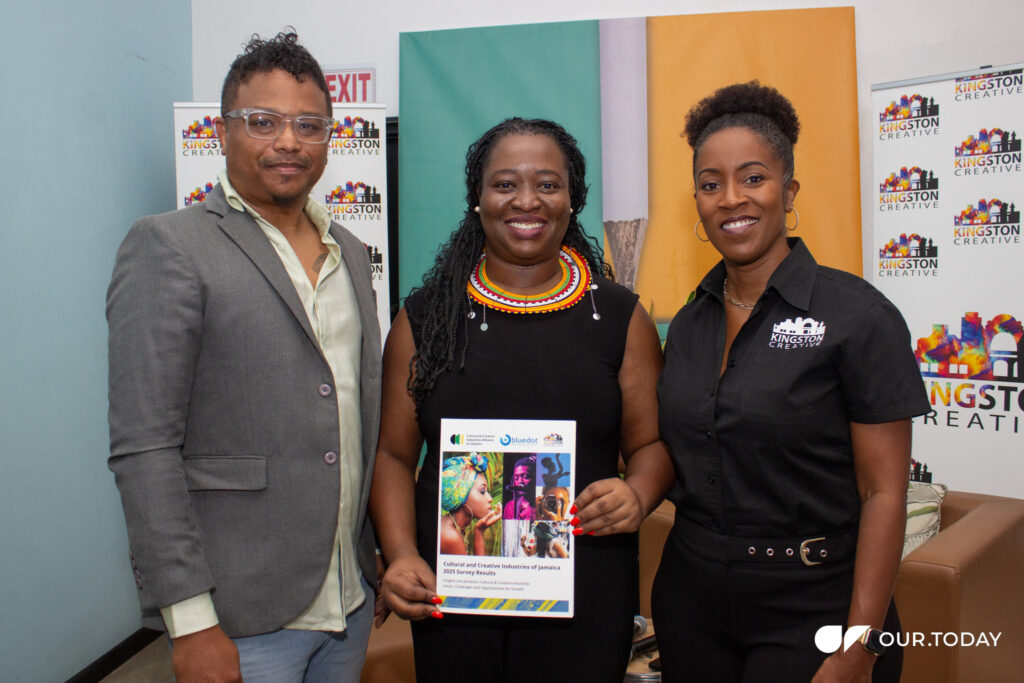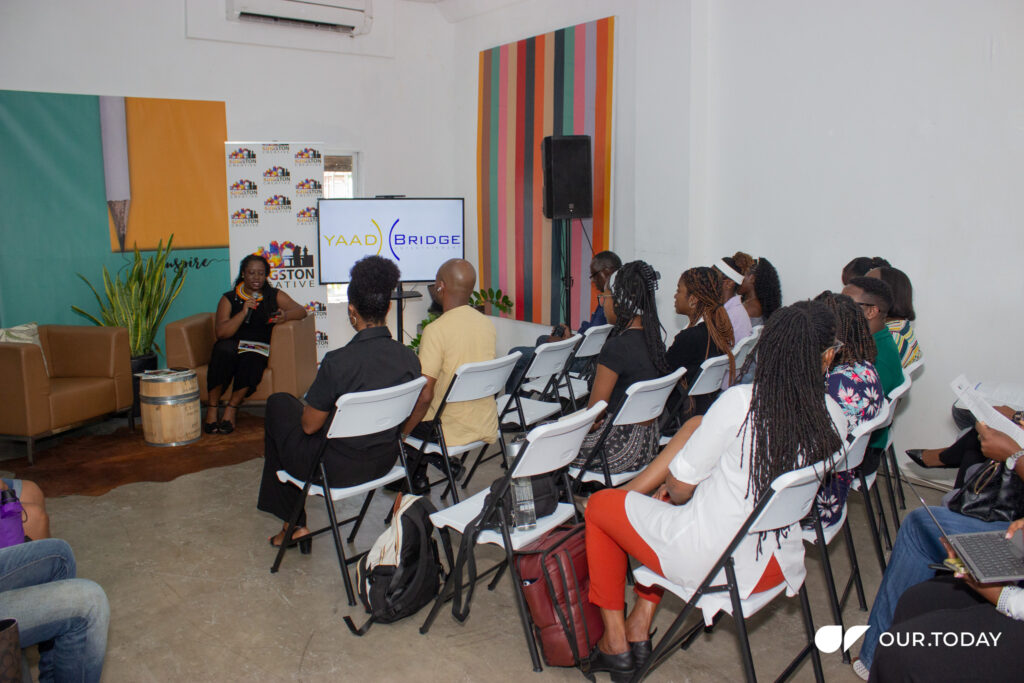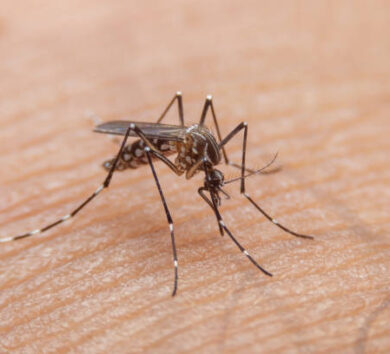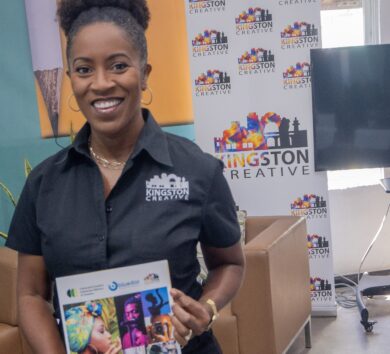

Kaiel Eytle, Co-Chair of the Cultural and Creative Industry Alliance of Jamaica (CCIAJ), has outlined that while the 2025 Cultural and Creative Industries Survey report has provided a clearer sketch of Jamaica’s creative economy, there is more that needs to be done.
Eytle has called to action to formalise a national collaborative framework, make strategic investments in the cultural and creative industries, and develop a multi-purpose art sector where creatives can grow and thrive.
He emphasised that the survey report was a success because of inclusivity and collaboration. “Inclusivity is a must. It is the engine of innovation, cultural equity, and is core to our national identity. We were able to gather this data in record time because we work together. We collaborate together,” Eytle said.
He declared that collaboration must be the blueprint moving forward. “So today we’re making three main calls to action, each backed by this data and designed to drive inclusive growth. First, we need to develop a formalised national collaborative framework. One of our top priorities, which is illustrated in Section 8.3 of the document, is to call for a formalised national collaborative framework.”
This Eytle said would bring together government, multilaterals, private sector, diaspora, academia, and practitioners to drive policy reform, institutional support, and dedicated public investment, while addressing the fragmentation that exists through a more cohesive government structure and collaborative structures like the CCIAJ itself.
He further detailed that what makes this framework transformative is its foundation in a baseline. “Building on this baseline established by the survey, we also envision a national CCIAJ data and insights programme that will help target resources more effectively, identify high-growth and vulnerable groups, and track key indicators over time to ensure impact. When we plan together using evidence, we grow together with purpose,” Eytle said.
Noting that better data leads to better policy and better outcomes, not just for the creatives, but for the country, he said the second call to action is to make strategic investments in the creative and cultural sector.
“The report in Section 8.2 calls for investors to wake up and recognise the cultural and creative industries as a high-growth opportunity. It challenges these institutions to design creative, specific financial products and target high-impact investment segments, even pointing to geographical niches for investment,” he said.

The CCIAJ report Eytle said also highlights the pressing need for access to capital, with 88 per cent of the creatives interviewed needing capital to grow.
“With a creative sector financing gap estimated at up to $5 billion, that’s an opportunity. We must prioritise developing a strategic investment model that brings together diverse funding sources and methodologies to close this gap and rapidly build sustainable financial pathways to growth across all creative subsectors.”
The third call to action, he said, focuses on developing a multi-purpose arts and entertainment venue. “Finally, Section 8.1 points out that practitioners across the island are making clear calls for hubs and co-working spaces to foster innovation and, importantly, collaboration. That’s why the CCIAJ is lobbying for the development of Jamaica’s first full-scale performing arts and event complex as a flagship capitalist project, one that shows that we as a country are serious about the business of creativity.”
This facility will include indoor and outdoor performance venues, rehearsal spaces, production studios, meeting and training rooms, exhibition halls, post-production suites, maker spaces, and broadcast capabilities.
“Such a fit-for-purpose space would enable events to be held year-round at a fraction of the cost of utilising ad-hoc venues. It would attract global entertainment events, art fairs, conventions, and co-productions. It would enhance skills pipelines and support the work of institutions like HEART and Edna Manley,” Eytle added.







Comments